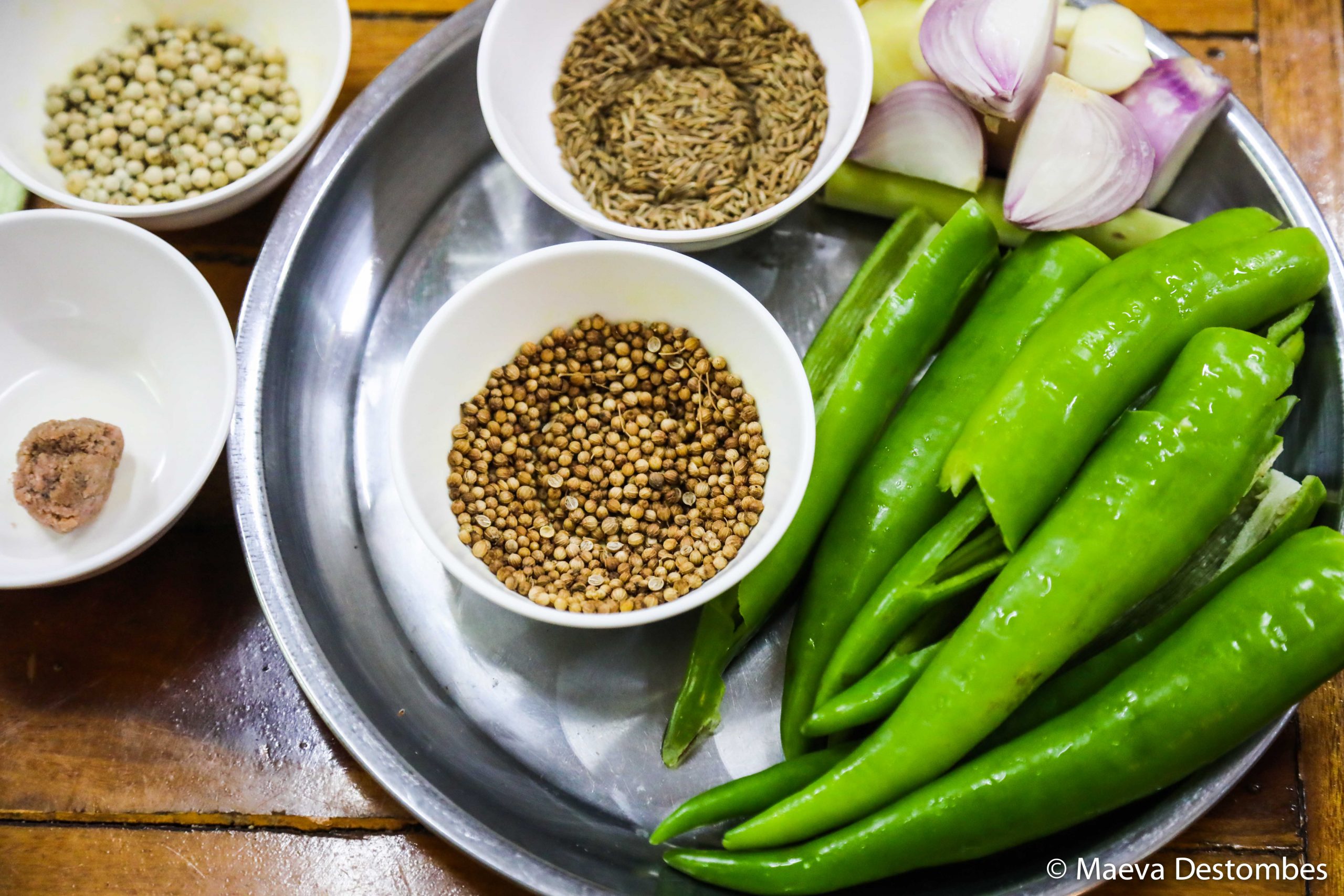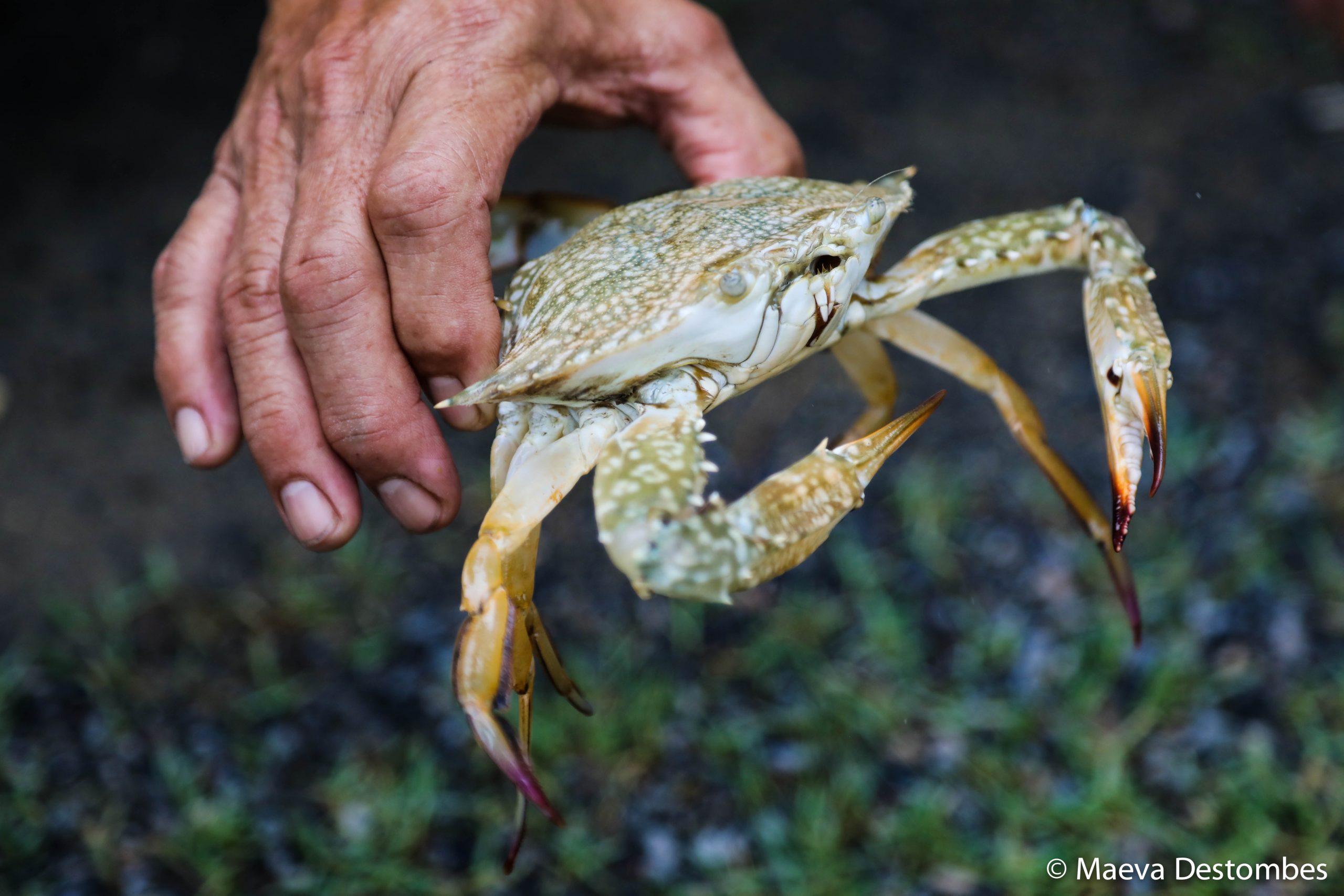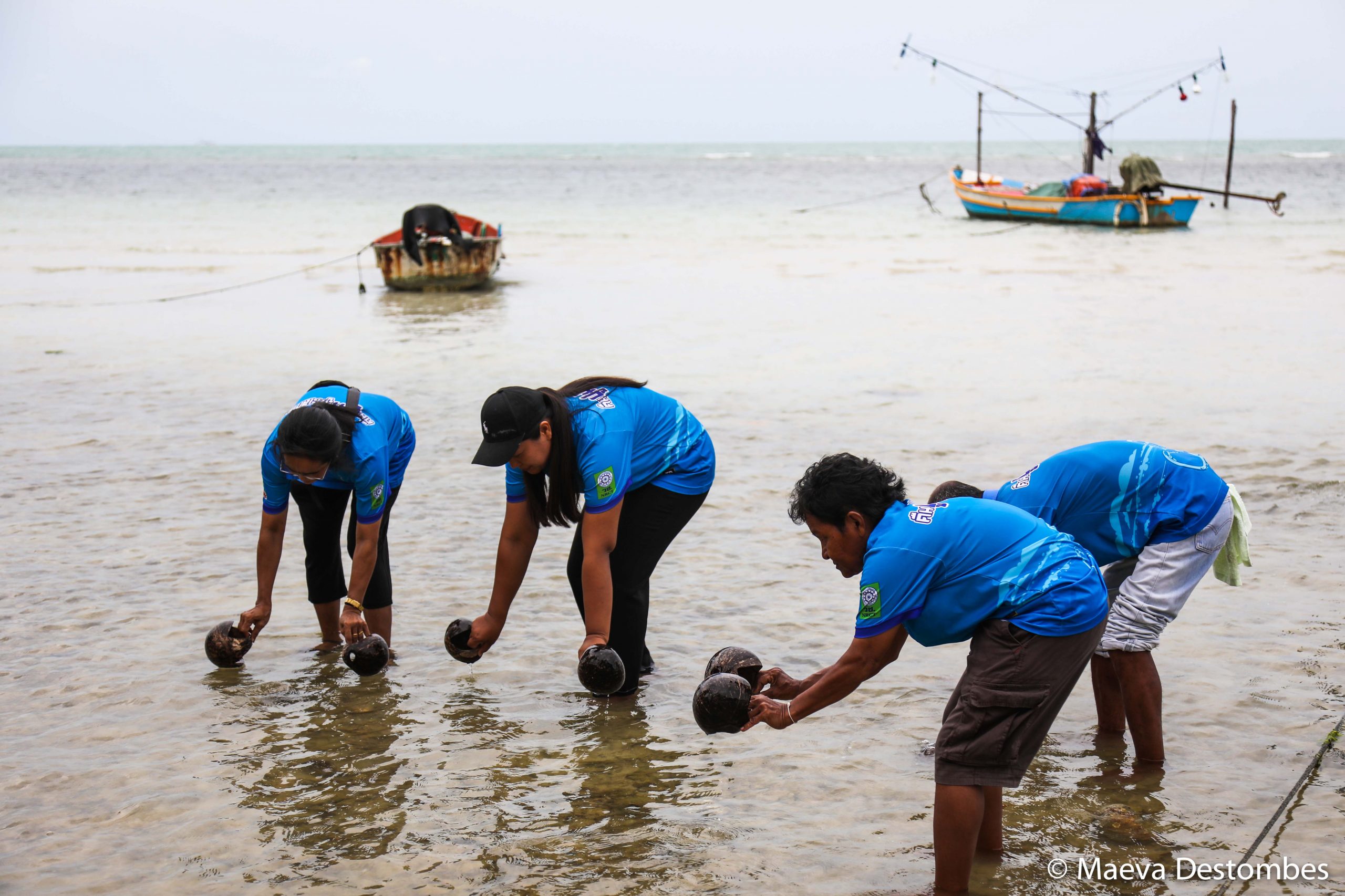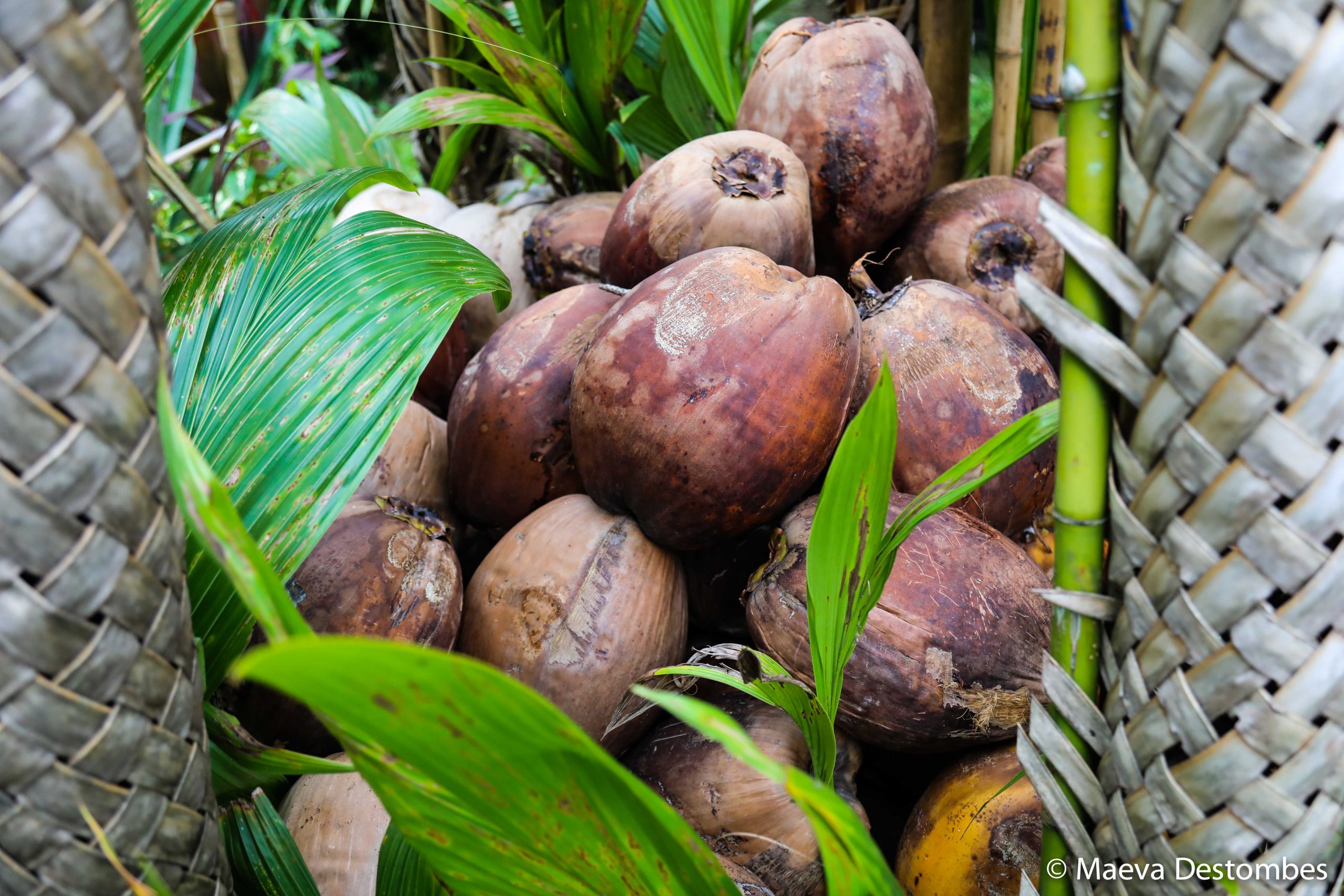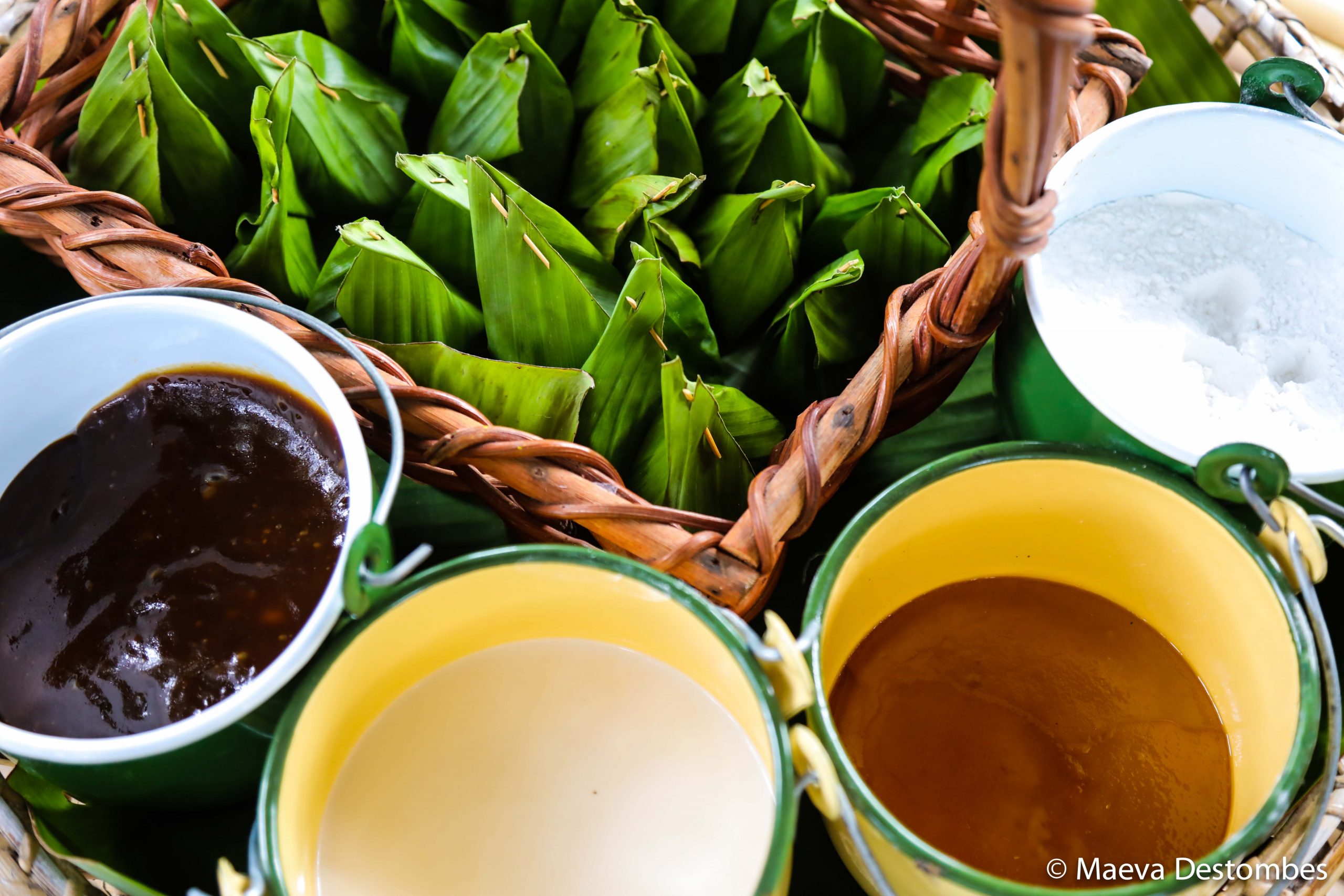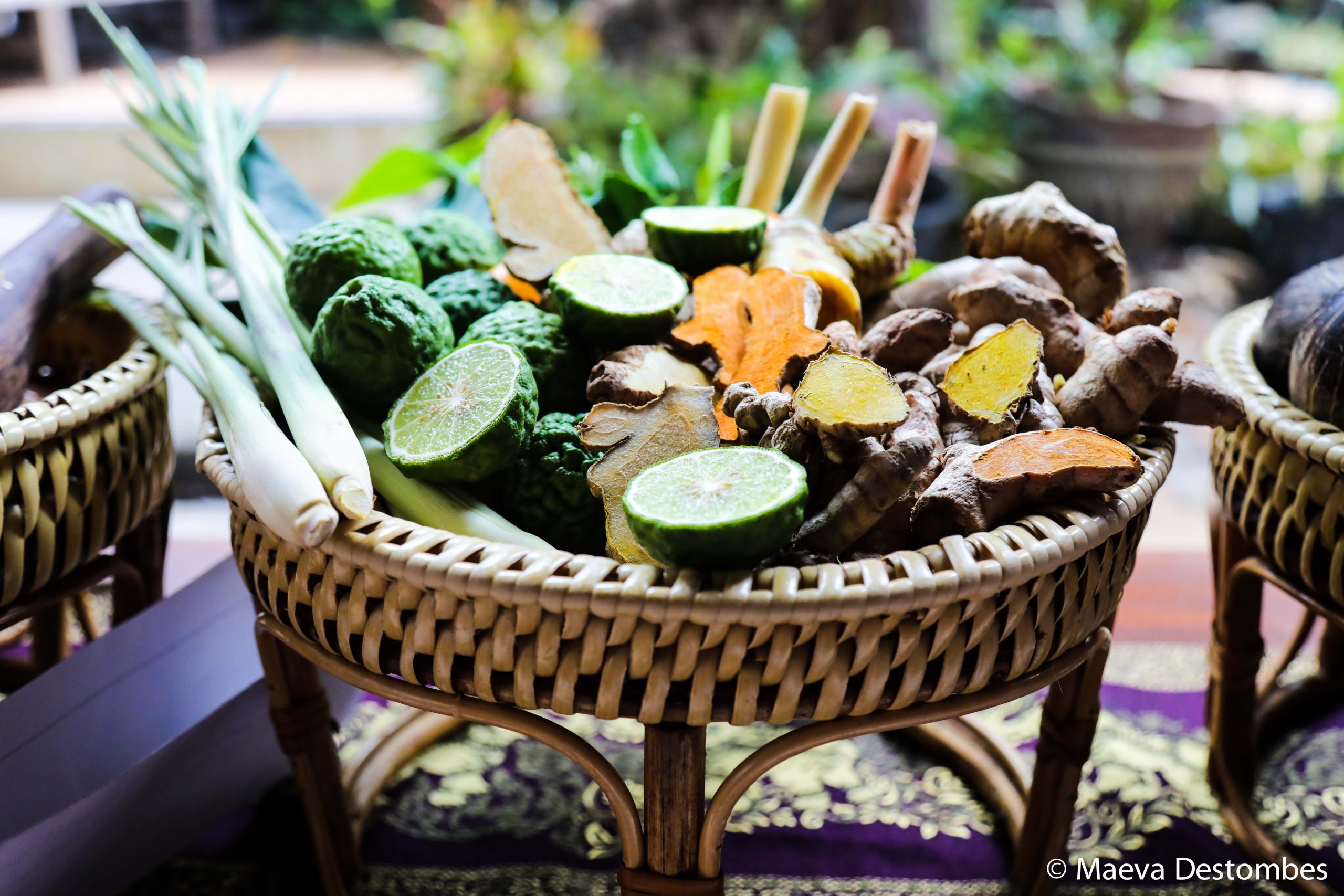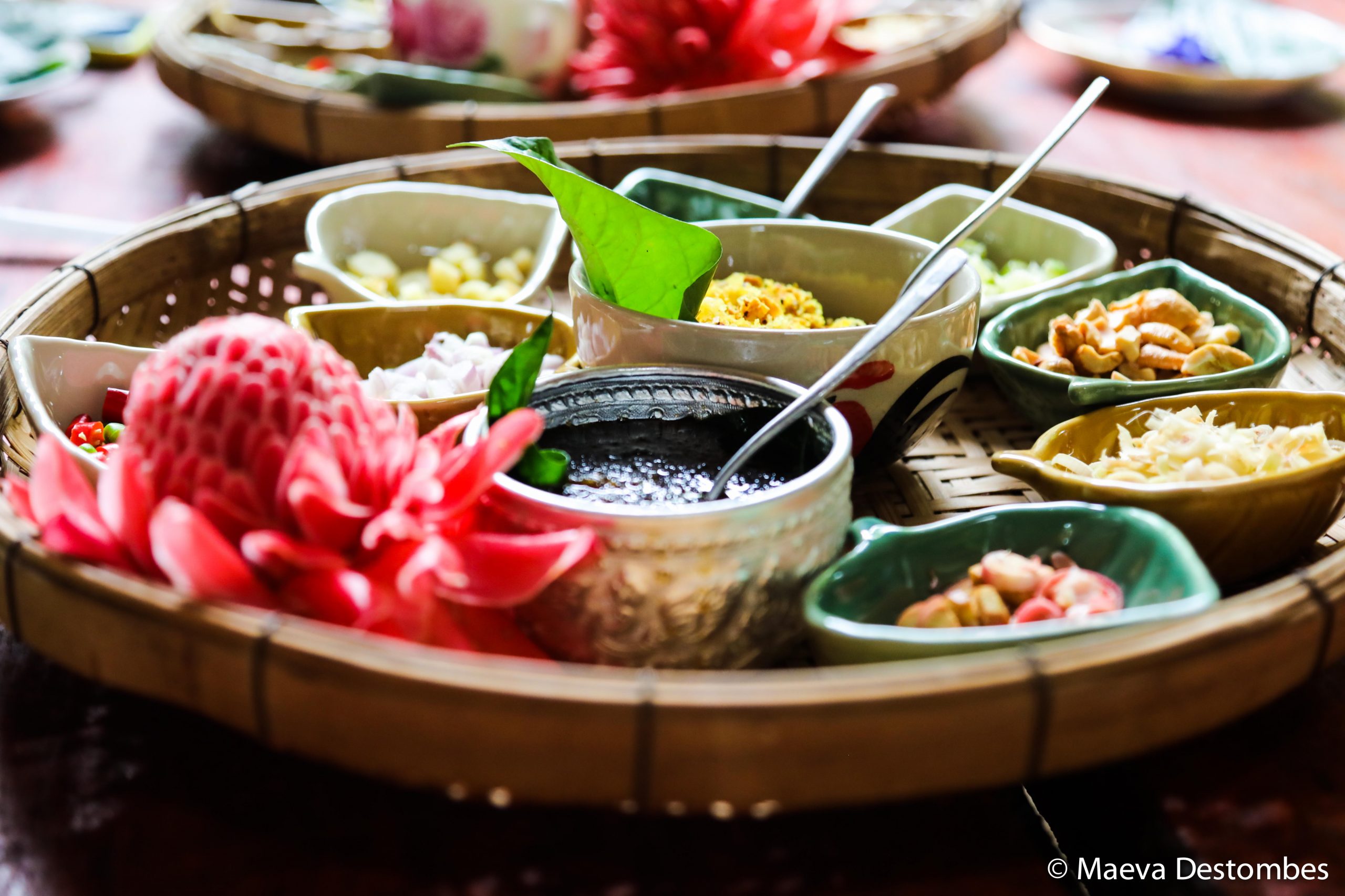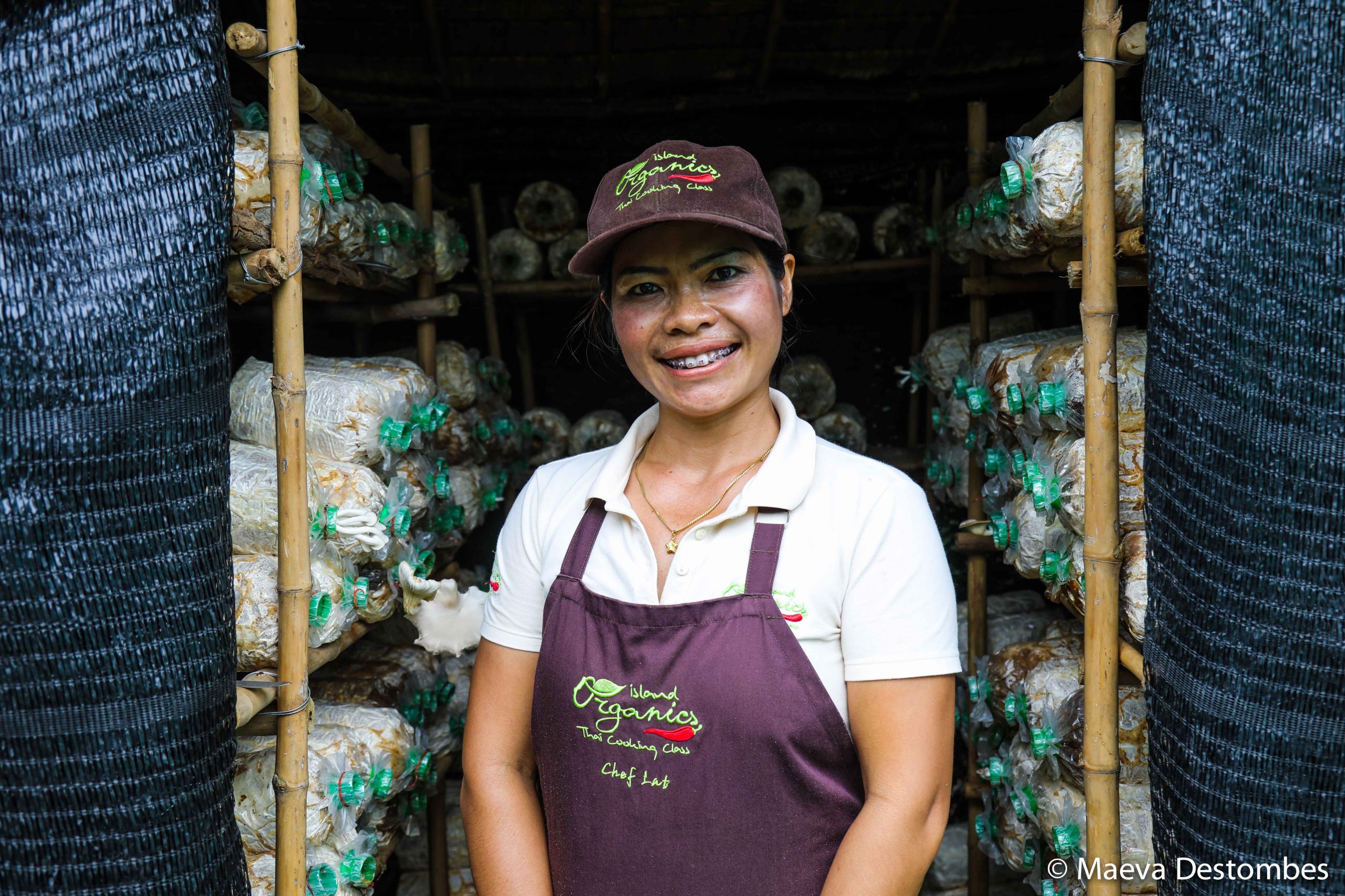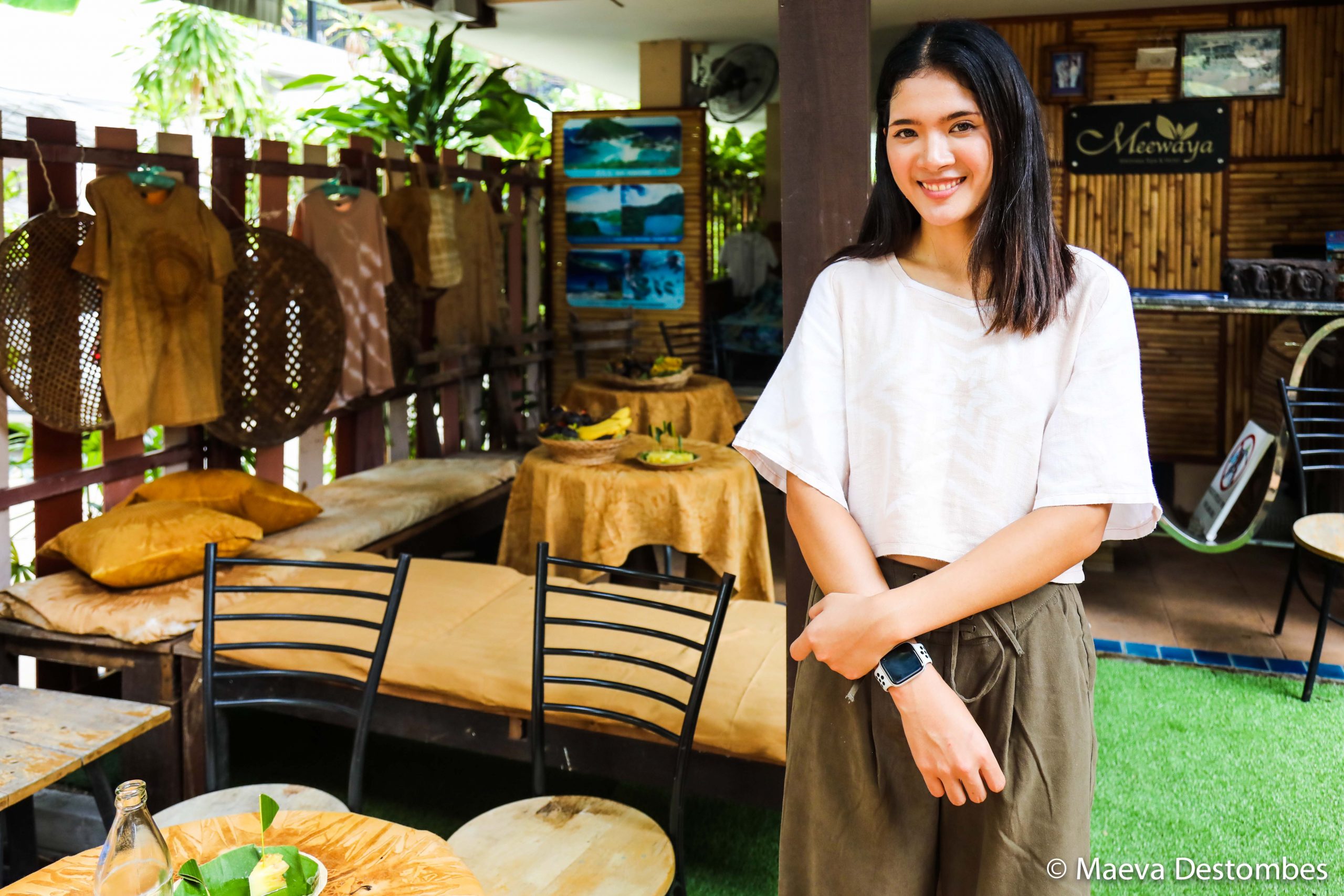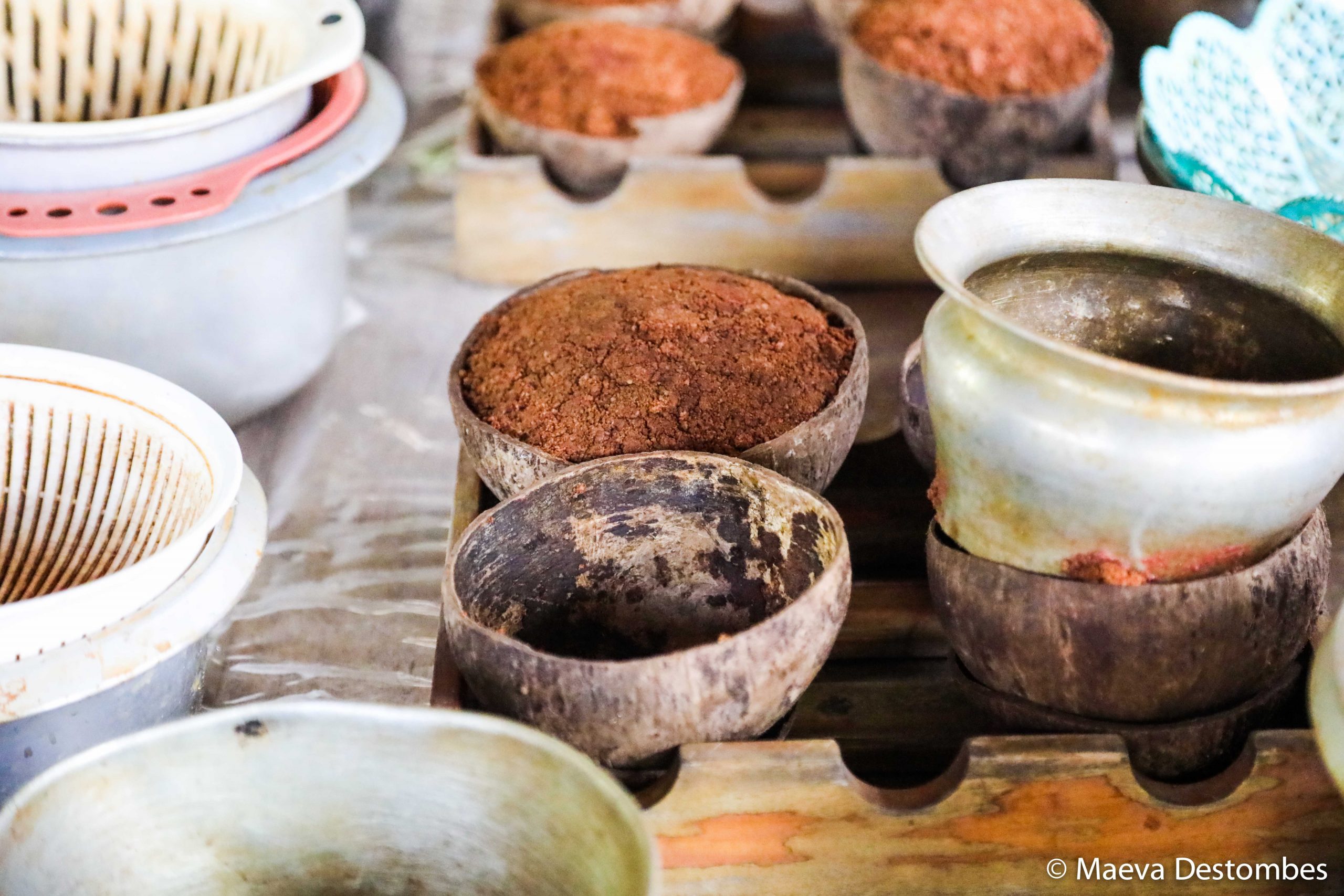Koh Samui is famous for its white sandy beaches. But behind this picture-postcard image lies an endearing island whose inhabitants are multiplying eco-responsible and sustainable initiatives to protect the environment and revive a natural world far from spared by urbanization, pollution and deforestation.
Are the beautiful beaches the main reason why tourists come to Koh Samui in Thailand? Yes, especially Chaweng, with its 7 km of immaculate sand, or Lamai, Koh Samui’s second most popular beach. But not only that… Beyond its aesthetic appearances, the island has much to offer curious travellers who dare to venture away from their comfortable luxury hotels. Koh Samui continues to recover. After the tsunami in 2004, which took a heavy toll on all Thais (humanly and financially), including those on Koh Samui, the covid-19 health crisis in 2020 only amplified the island’s various problems, particularly those linked to the tourist industry. A hard-hit sector, whatever the region. And yet, the people of Koh Samui are showing unfailing resilience, commitment and human investment to get back on their feet and make their economy more viable. They are multiplying eco-responsible and sustainable actions to emerge from successive crises. And perhaps more than others, they have grasped the importance of protecting their nature and its various natural resources.
PRESERVING CRABS TO RESTORE COASTS
In Baan Tai, in the north of Koh Samui, residents have banded together to save the crabs on the coast. Before the covid-19 crisis, there were 4 or 5 crab « banks » on the island. Today, only one remains. This eco-responsible and sustainable environmental project by the Ban Tai Crab Conservation Center aims to facilitate the reproduction of the crustacean, then raise it to a size where it can survive in its natural environment, where it is reintroduced by volunteers. The aim is to restore an entire ecosystem on this coast, which had almost disappeared, notably due to overfishing and the degradation of the crustacean’s habitat (urbanization, pollution, deforestation…) and to regulate its population.
For this animal plays a vital role on the island. Among other things, it is nature’s « garbage collector ». Meticulously, it cleans every centimetre of beach or ingests decomposing organic matter, helping to improve water quality. It also regulates the populations of small organisms. But more than that, it is an important resource for local people, serving as a staple in their diet. As it becomes rarer, its price rises, making it unaffordable for everyone. In this sustainable, eco-responsible project, fishermen capture egg-bearing females from the sea. The eggs are then collected and placed in basins of oxygen-enriched seawater. Out of 100,000, only 0.7% will survive their first test of life. After a few days, the population gathers on the beach of Baan Tai to release these little crabs. 6 to 8 months later, they will have become adults and can be fished and… eaten.
Crabbankwunrct, HXJF+6J3 Unnamed Road Ko Samui District, Surat Thani 84330, Thailand.
THE COCONUT, THE TREE OF A THOUSAND USES
Alongside tourism, coconut production is one of the pillars of Koh Samui’s economy. To the west of the island, in Ang Thong (named after the marine national park, and vice versa), coconut trees stretch as far as the eye can see. A dense forest that must be preserved not only to maintain a significant source of income for the Thai people, but also to preserve the eco-system as a whole. This is the eco-responsible and sustainable mission of the Coconut Conservation Center. Here, the public understands that the coconut is a tree that can do almost anything. Every part of it is put to good use. Its wood and leaves are used in construction. Its fibers, extracted from the husk, are used to make a multitude of objects such as ropes, twines, mats, brushes, upholstery… Its fruit has multiple uses in cooking and cosmetics.
Its sap is drinkable and can even be transformed into palm wine or sugar. Used for centuries in Thailand, the latter, Kalamata or coconut caramel, is the result of a long traditional process. It all begins with the delicate incision of the coconut flower bud. From this cut, a sap flows which is collected. This nectar, which can be extracted in quantities of up to 25 kilos per coconut palm, is then heated and kneaded for a long time, until the water it contains has evaporated completely. The paste obtained, once dried, is reduced to a powder known as coconut sugar. Some facilities on the island demonstrate the process of making organic virgin coconut oil, from the cutting of the coconuts to the finished product. Others explain how musical instruments, everyday objects and decorative items are made.
LOOK PRA KOB, A CONCENTRATE OF THAI NATURE
Just a few hundred metres from the Coconut Conservation Centre, the Honey Rose Herb Garden & Art is nestled in an exuberant natural setting. It’s an extraordinary garden, home to a multitude of herbs, local plants and spices, and almost reminiscent of the Garden of Eden. These plants are used in the manufacture of muslin ballotins, the aromatic pouches (or pochons du Siam) of Luk Pra Kob, an ancestral Thai massage technique. Hand-made compresses are heated with steam and applied to all the body’s painful points and energy meridians. All muscle tension evaporates on contact with this magic pouch. You’ll leave feeling invigorated and as good as new! The list of ingredients, dried and then reduced to powder or pieces, is long…
Eucalyptus, tamarind, lemongrass, lime, ginger, turmeric, camphor leaves, mint, patchouli, chillies… These plants and spices, which have many detoxifying, anti-inflammatory and soothing properties, are also used in cooking, notably in Thai Miang Kham. In this traditional snack, shallots, ginger, bird pepper, peanuts, toasted coconut, garlic, dried shrimp and lime are wrapped in betel leaf and dipped in a spicy sauce made with dried shrimp, galangal, fresh ginger, grated palm sugar, tamarind puree, fish sauce, finely chopped toasted coconut and chopped toasted peanuts. An explosion of flavors in your mouth! A concentrate of Thai cuisine.
Honey Rose Herb Garden & Art, 23, Ko Samui District, Surat Thani 84140, Thailand.
COOKING THE ESSENTIALS OF THAI CUISINE
In the north of the island, a long, tree-lined dead-end road leads to a farm of a new kind. In another field, that of cooking, chef Lat is in total harmony with her environment and cultivates (so to speak!) this closeness to nature. After launching his eco-responsible and sustainable organic micro-farm 11 years ago, which was quickly destroyed by a meteorological hazard and then rebuilt in its wake, she decided to launch her Island organics cooking school. As the name suggests, the ingredients used in the different recipes offered to customers are all organic and sourced from her own farm. It all begins with a tour of the premises, during which Lat explains the principle of aquaponics – a closed-circuit system of sustainable, organic food production – followed by a cooking workshop. And the formula works very well, to say the least. Her classes are always packed!
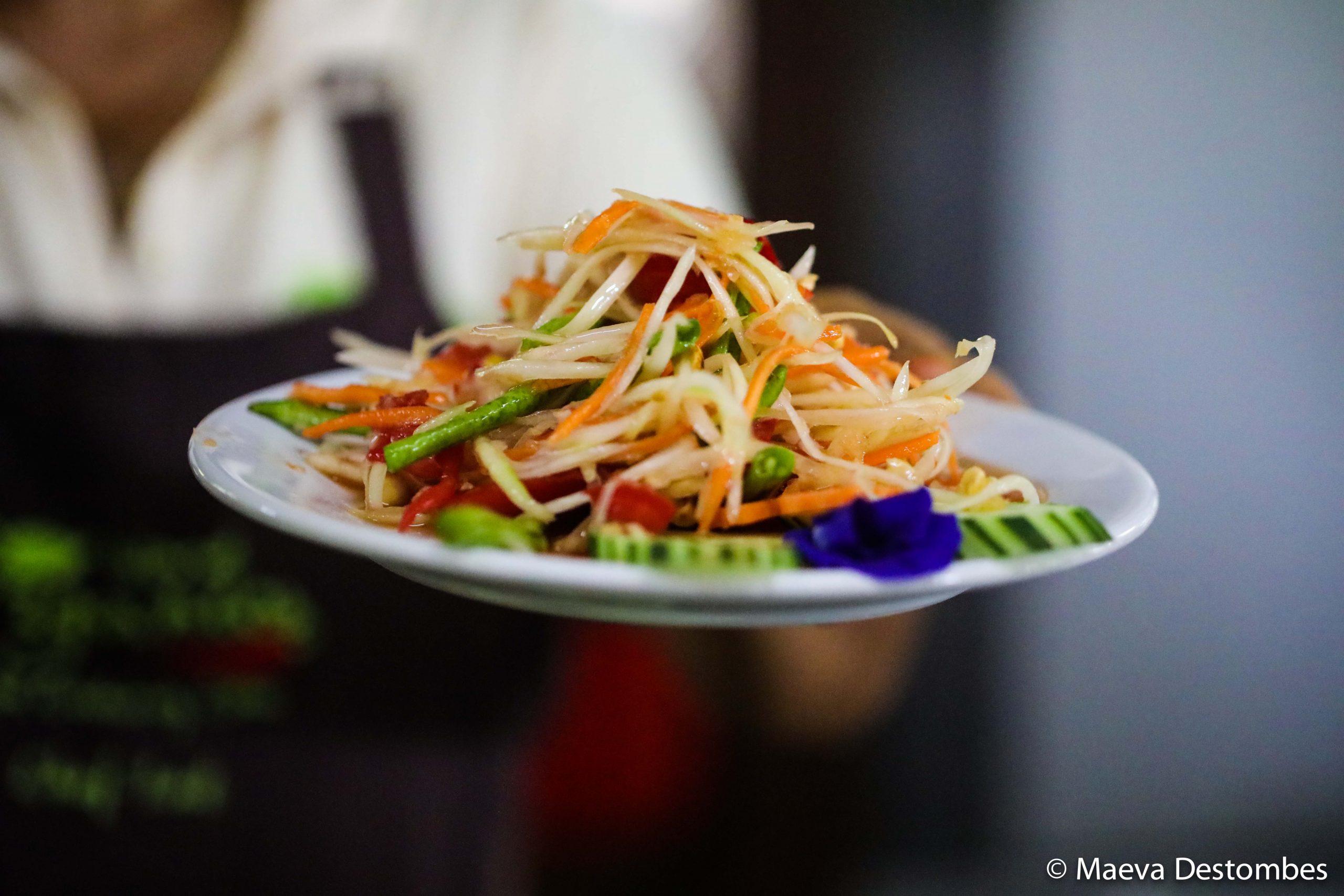
Pad Thai is one of the mainstays of Thai cuisine. What a pleasure to learn how to cook it on the spot!
The kitchen has all the ingredients for masterful masterclasses. 12 workstations with everything you need to peel, cut, carve, crush, knead, cook, chine, deglaze… and finally dress before tasting. During the high season, from January to March and in July/August, no fewer than 600 to 700 people in groups of 7 to 15 come to learn how to cook emblematic Thai recipes, including Pad Thai (rice noodles sautéed with shrimp), Tom Yum shrimp soup (with its delicious tangy, sour taste), red chicken curry, papaya salad, Khao Soi soup (with noodles and chicken), yellow shrimp curry and the curry noodles on which these recipes are based… Every day, Lat proposes four different recipes and runs the workshop with energy. The only drawback is the sheer quantity of food cooked. By the end of the first course, the stomach is full. Which makes it impossible to fully savor the rest…
Island organics, 24/1 Moo 4, Bangrak, Chaweng Ko Samui District, 84320, Thailand.
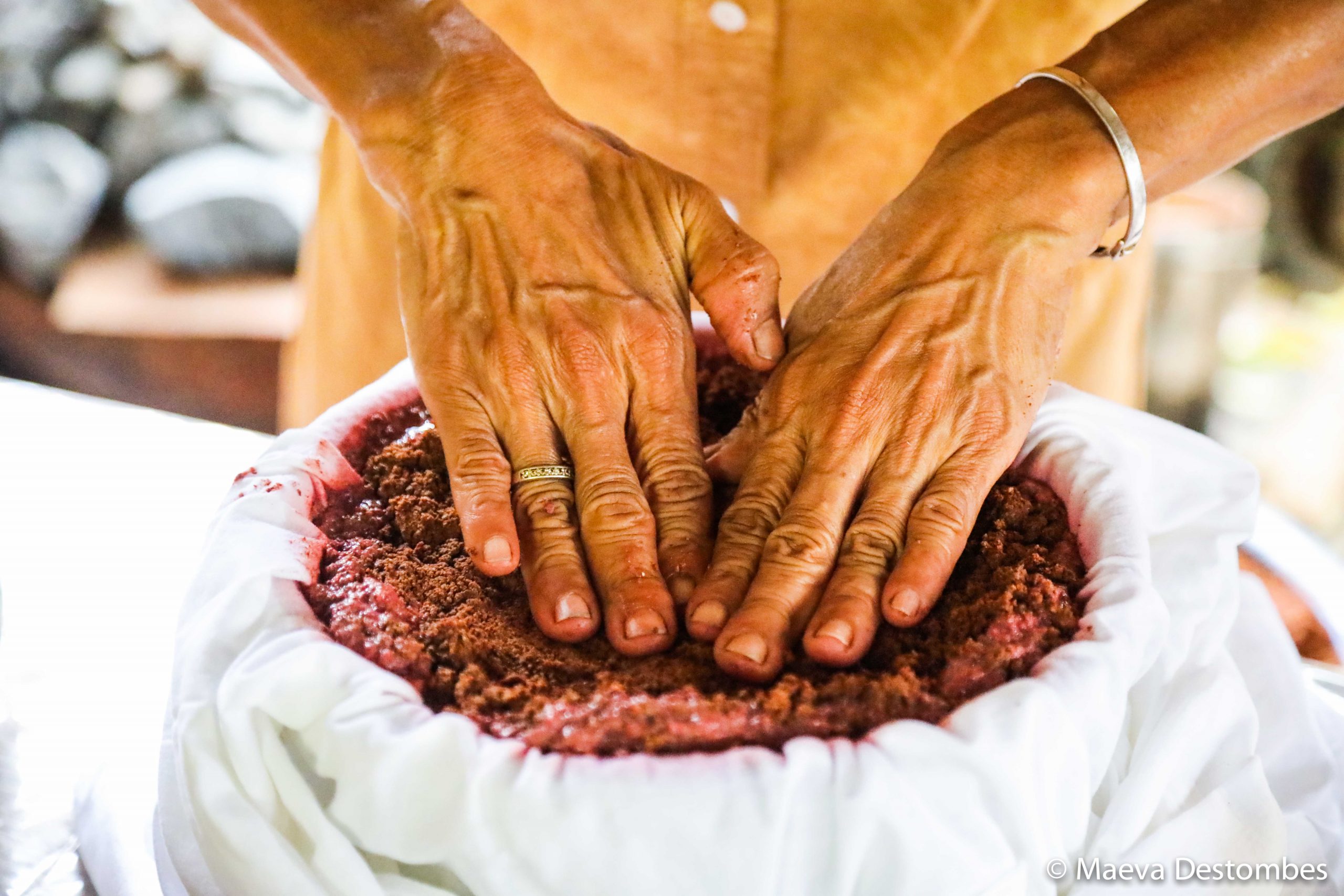
Yupaporn Warnicharean uses colanders to create original tie-and-dye patterns. You just had to think of it!
AN INTRODUCTION TO TIE AND DYE
The practice of tie and dye could almost be confused with the history of Thailand, so inseparable is this ancestral technique of natural hand-dyeing from the land of smiles. However, this art form was invented in Japan in the 8th century, where it is known as shibori, but was popularized in the 1960s with the hippie movement and then in the pop culture of the 1970s-1980s. This technique, of which indigo (a natural dye if ever there was one!) is the most emblematic shade, involves knotting certain parts of a garment or fabric and then dipping it in a colored dye. The patterns created by this « reserve » process, a technique that prevents the dyes from spreading to certain areas, are different and unique every time.
All smiles, Yupaporn Warnicharean and her daughter Suphiya Srifah from of the small eco-responsible and sustainable company Rati offer tourists workshops on this art form. No flashy, exuberant colors here! The tones are very sober, a little monochrome, as all the dyes are natural and come from plants and fruits. More specifically, mangosteen rind, a fruit with a bright red skin that, once dried, gives a color tending towards yellow ochre. The rind is first blended, then reduced over low heat until all the water has evaporated. After drying, the thick paste becomes a natural pigment powder, rehydrated during workshop sessions. The knotted and dyed fabrics are then immersed in vinegared seawater to fix the colors. If this workshop is scheduled for the day before your departure, don’t panic! Yupaporn is so efficient that the item in question will be delivered to the airport on time…
Rati, Meewaya Hotel, Chaweng rd, boh-put, koh Samui.
HOW TO GET TO KOH SAMUI?
THAI Airways. The company’s two main advantages are the quality of service on board and the direct flights between Paris and Bangkok. From Paris, THAI Airways operates a daily non-stop flight by B777-300ER. Economy class cabins are comfortable, with an 81 cm pitch, but their interior fittings sometimes seem to have outlived their usefulness (especially the shelves). Similarly, there is little choice of films, most of them in English and Thai. On a Paris-Bangkok route, it would be a good idea to include more films (and new releases) in French. After having discarded the oldest and least economical aircraft (B747, A340, A380), the company has rationalized its fleet and now has only 4 of the most economical and most recent aircraft types (B777, B787, A350, A320). Medium-haul A321neo aircraft will shortly be joining the fleet to reinforce the fast-growing regional routes (India, Japan, Pakistan, Indonesia, Australia). Two leased A350s have already joined the fleet in 2023, with a further 9 due to follow shortly. 2023 will also see the absorption by THAI Airways of its subsidiary THAI SMILE. All flights operated by this airline, which serves domestic flights in Thailand and regional flights from BKK, will be taken over by the parent company, and the THAI SMILE brand will disappear.
Bangkok Airways. The national airline, awarded 6 consecutive years by Skytrax (World Airline Awards 2022), serves Southeast Asia and has interline agreements with 42 airlines, including Air France, Qatar Airways, KLM and Lufthansa. It operates 12 daily rotations between Bangkok and Koh Samui. Comfortable seats with 82cm pitch and full meals served even on short flights.
ACCOMMODATION IN KOH SAMUI
Melati Beach Resort & Spa, 9 Thongson Bay Bo Put, Ko Samui District, Surat Thani 84320, Thailand. Phone: +66 77 913 400. Outrigger Koh Samui Beach Resort, 173/41 Moo 4, Rob Koh Road Lamai Beach, Tumbon, Maret, Surat Thani, Thailand. Phone: +66 77 458 560. Chaweng Regent Beach Resort, 155/4 Chaweng Beach, Koh Samui, 84320, Surat Thani, Thailand. Phone: +66 77 300 500.
LUNCH OR DINNER IN KOH SAMUI
Sala Thai, 124/115 Moo 3, Lamai Beach Koh Samui, Lamai Beach, Maret 84310 Thailand. Phone: +66 62 895 2748. Sabienglae Restaurant, Lamai Beach, 438/82 Moo 1, Tawirat Phakdi Road, Maret, Koh Samui, Surat Thani 84140, Thailand. Phone: +66 77 332 651.
